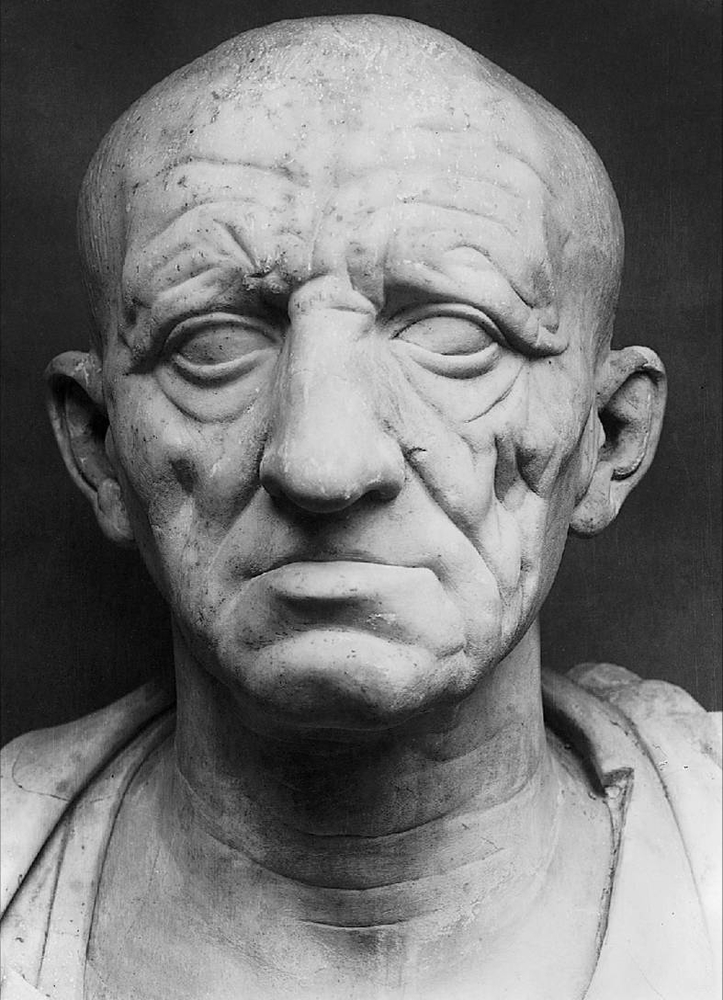More about Matthias Grünewald
- All
- Info
- Shop
Works by Matthias Grünewald

Sr. Contributor
Though we don't know much about Grüney, we do know, for a fact, that he could paint the hell out of a Crucifixion scene.
His real name could have been Mathis Gothart Nihart. However, Nihart could be a corruption of his wife's surname Neithardt. So maybe he was just Mathis Gothart (which we're pronouncing as 'goat heart' because that's so much cooler that 'go-thart', which sounds like 'go fart'). Or he could have been Matthaeus von Aschaffenburg. Or Meister Mathis. Grünewald is known to be a made-up name used by a 17th century biographer. But it's the one that stuck. Based on the self-portrait he placed in a work of St. Erasmus, we're inclined to call him Big Spud, or whatever the potato people from The Dark Crystal were called.
His early life is one big blur. For certain, he was a hydraulic engineer by trade and fell into a career in the arts. While doing some hydraulic engineering in Mainz, the artist FKA Grünewald finagled his way to the top, getting a job painting for the most powerful man in the city, the archbishop. He received many lofty commissions and oversaw the development of art in Mainz for years. That is, until he was asked to leave Mainz after supporting or participating in a peasant rebellion, which were quite a common occurrence throughout Europe from the Middle Ages on. After the peasant rebellion incident, he went back to engineering around Germany until he died for (you guessed it!) unknown reasons.
He fell into obscurity shortly after death, whereas the Isenheim Altarpiece, his masterpiece, achieved great fame. The altarpiece became so famous that it was attributed to Grünewald's contemporary Dürer, Dr. Dre to Grünewald's Eazy-E. Fame for Grünewald came only in the 20th century. While his works were well known throughout Europe, particularly in the north, his biography was largely forgotten and his reputation relegated to the epithet "a competent imitator of Durer." Despite his marginalization over the years, Grünewald/Gothart/von Aschaffenburg did receive recognition from the Lutheran Church by being canonized alongside Albrecht Dürer and Lucas Cranach the Elder. While being a saint is cool and all, Big Spud would probably just like for us all to remember his name.

Contributor
As you might guess from the depressed, starving figures in his paintings, Grünewald led a lonely, sad life.
This was perhaps in part due to an unhappy marriage that got even more unhappy when his wife was committed to an asylum for mental illness (Which they called "demonic possession" back then.) Even sadder, much of his life's work was lost after the Swedish army looted most of his paintings from Germany, and then managed to drop the whole bunch overboard in the Baltic sea on their way back home to Sweden. This guy just couldn't win.
Featured Content
Here is what Wikipedia says about Matthias Grünewald

Matthias Grünewald (c. 1470 – 31 August 1528; also known as Mathis Gothart Nithart) was a German Renaissance painter of religious works who ignored Renaissance classicism to continue the style of late medieval Central European art into the 16th century.
Only ten paintings—including several polyptychs—and thirty-five drawings survive, all religious, although many others were lost at sea on their way to Sweden as war booty. He was obscure until the late nineteenth century, when many of his paintings were attributed to Albrecht Dürer, who is now seen as his stylistic antithesis. His largest and most famous work is the Isenheim Altarpiece created c. 1512 to 1516.
Check out the full Wikipedia article about Matthias Grünewald














